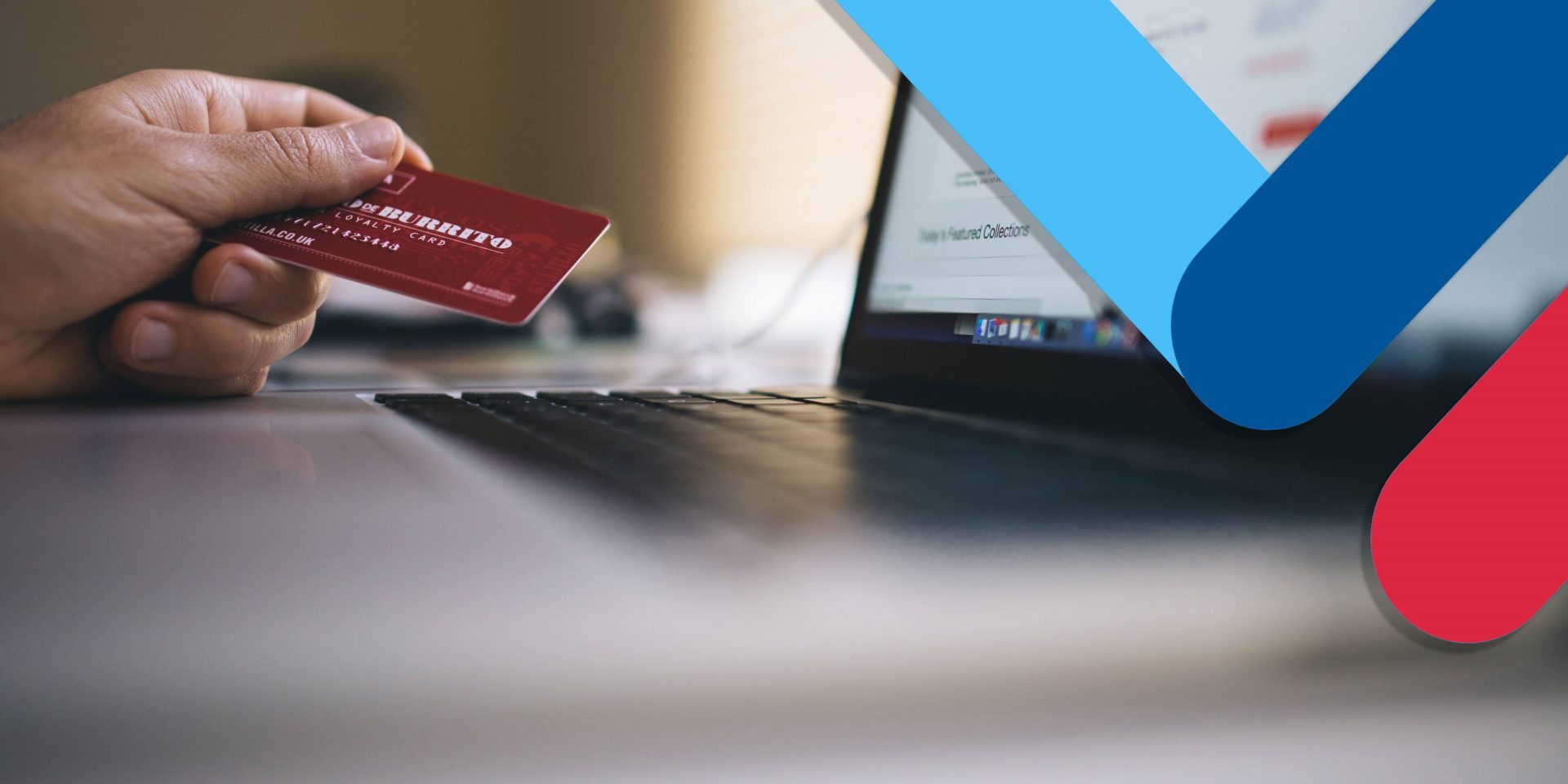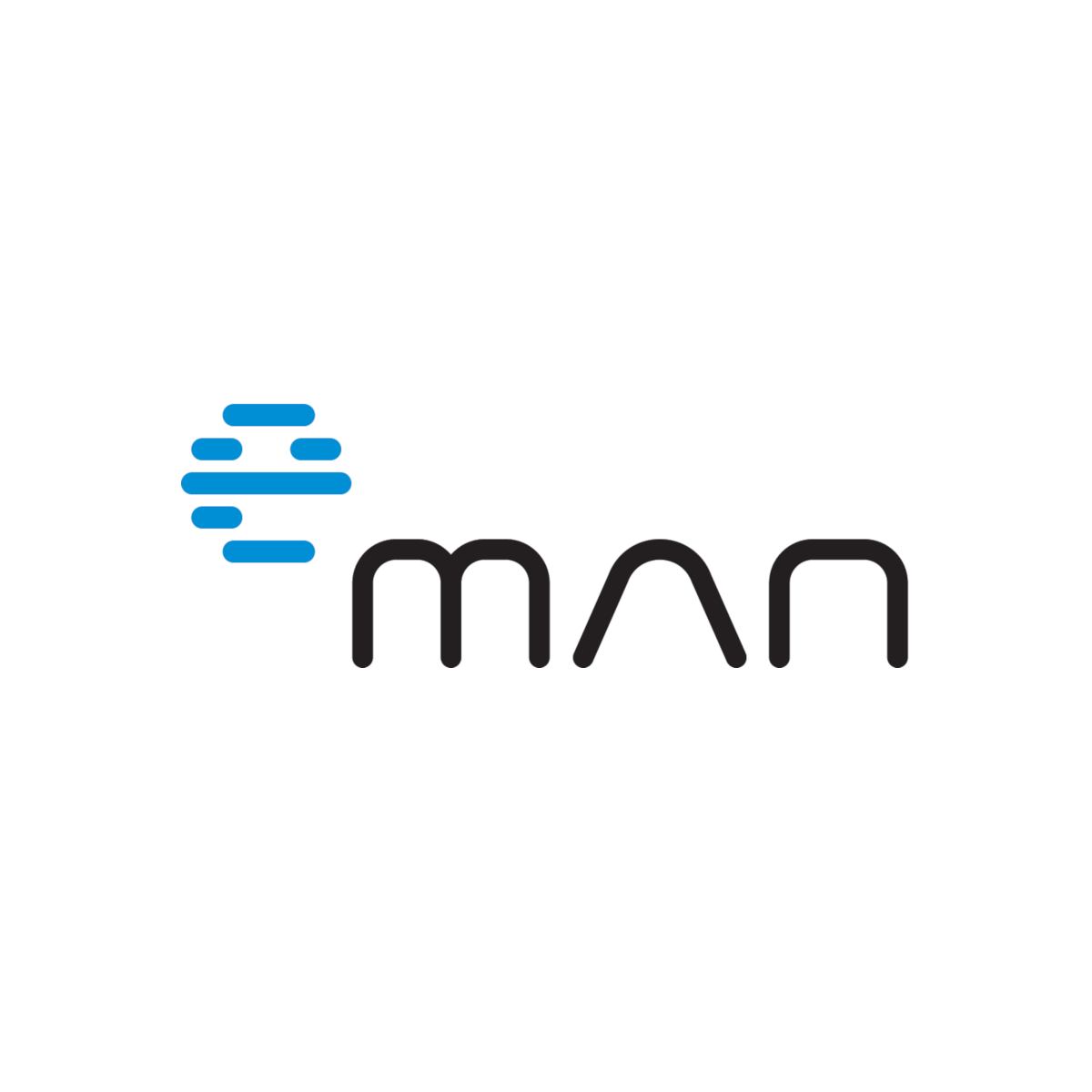If you missed the first article, you can find it here. A visit to the portal must make sense to the user at every second. We know from surveys that the motivation of over half of a portal's users is to manage invoicing for the service, or to get an overview of its usage stats. It [...]
7 ways to improve the customer zone (2/3)

If you missed the first article, you can find it here.
3. Everything in one place
A visit to the portal must make sense to the user at every second. We know from surveys that the motivation of over half of a portal’s users is to manage invoicing for the service, or to get an overview of its usage stats.
It is therefore advisable to place these two key points immediately on the first screen after logging in – on the so-called dashboard – together with other data.
Whether or not to place a specific element on the dashboard is the subject of further analysis (or, at least, research). Applicability of different elements can vary from segment to segment.
Upon each action, it is important to inform the customer whether everything is in order, in a clear and understandable way. The green check mark at the beginning, and at each individual point shows the user that all is okay. If a problem arises, there should be a clear, visible instruction and, ideally, a quick and easy solution. In case of payment arrears, for example, it is advisable to immediately display a QR code in order to pay it.
The portal must also clearly show functions enabling communication with the supplier of the product or service. This functionality is probably the best way to save money by eliminating the operation of an extensive telephone helpdesk. For example, correcting incorrect invoice data should definitely be manageable online.
It is always annoying for the customer if their request slips into a “black hole” from which no one and nothing echoes back – even if the service is working properly. Therefore, give them the opportunity to monitor the progress of the resolution. Information on the acceptance and resolution phase of the request is essential. Estimating the length of the resolution is a nice bonus.
4. Easiest possible payment
The time for setting up direct debits is long gone, and users are used to faster and easier-to-use forms of payment. True, the advantage of direct debit lies in its automated operation after the initial setup. However, this setting is uncomfortable for many users; they prefer to use repeated, one-time payments. And we can make this easier for them.
The simplest choice is to display a QR code for the payment, which the customer takes a picture of via their internet banking application, and it’s done.
Another option is to integrate the payment gateway of one of the providers of these services.
Services with a fixed, flat rate have the advantage of being able to enter a recurring payment in exactly the same way as in the case of regular fees for foreign streaming services such as Netflix. Still, the portal should inform the client that their payment was successful.
5. Don’t underestimate UX; the right way is what the customer wants
UX (user experience) plays a key role in customer portals and self-service.
The impression that the portal creates with the customer is key to the perception of your company and the services you offer. If everything gets handled quickly and easily, they will see you as a flexible company with a pleasant product. Otherwise, the consequences for your business and PR are weighty and long-lasting. It is difficult to get a dissatisfied customer to return to the portal.
Fortunately, the modern UX discipline offers a number of very effective tools to help achieve a better user experience. A/B testing is is one example.
One excellent to UX analysis is the monitoring of user movement on the website, traffic to individual pages in the customer zone, and the frequency of use of various functions. Tools for obtaining such data have been on the market for some time, and if we want to have a quality UX, it is almost impossible to do without these.
The customer zone is also a means of reselling a company’s products. However, this functionality should be used carefully, and should not deter the use of core functions. If I want to check an invoice, an ad on the home page just annoys me.
A common shortcoming of portals is that they subordinate their functionality to other systems within the company. It is right that IT specialists managing core systems pay attention to its stability. Therefore, it can often resist more fundamental changes. However, it is important to realize that the systems exist to support the functioning of the company, and a company grows thanks to its customers.
For example, not allowing a customer to change a product online – because our central system does not allow it – is something to consider.
Do you want to discuss your customer portal?
